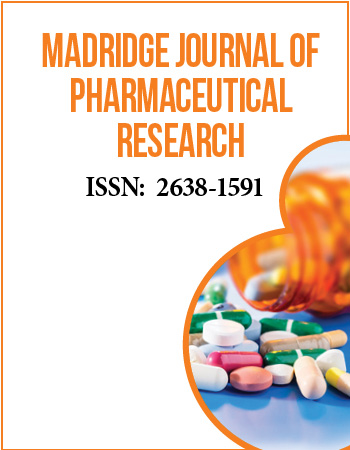International Conference on Medicinal and Pharmaceutical Chemistry
December 5-7, 2016 | Dubai, UAE
In silico pharmacokinetics and molecular docking of three leads isolated from Tarconanthus Camphoratus L
1Department of Phytochemistry, Medicinal and Aromatic Plants Research Institute, National Center for Research, Sudan
2Department of Pharmaceutics, University of Gezira, Sudan,
3Department of Pharmaceutical Chemistry, University of Khartoum, Sudan
4Department of Pharmaceutics, University of Khartoum, Sudan
5Department of Pharmacognosy, University of Khartoum, Sudan
6Department of Pharmacology, University of Khartoum, Sudan
Objective: To investigate the pharmacokinetic and toxicity profiles and spectrum of biological activities of three phytochemicals isolated from Tarconanthus camphoratus L.
Methods: Several integrated web based in silico pharmacokinetic tools were used to estimate the druggability of Hispidulin, Nepetin and Parthenolide. Afterward, the structural based virtual screening for the three compoundsʼ potential targets was performed using PharmMapper online server. The molecular docking was conducted using Auto-Dock 4.0 software to study the binding interactions of these compounds with the targets predicted by PharmMapper server.
Results: The permeability properties for all compounds were found within the limit range stated for Lipinski ׳s rule of five. Only Parthenolide proved to be able to penetrate through blood brain barrier. Isopentenyl-diphosphate delta-isomerase (IPPI), uridinecytidine kinase-2 (UCK-2) and the mitogenactivated protein kinase kinase-1 (MEK-1) were proposed as potential targets for Hispidulin, Nepetin and Parthenolide, respectively. Nepetin and Parthenolide were predicted to have anticancer activities. The activity of Nepetin appeared to be mediated through UCK-2 inhibition. On the other hand, inhibition of MEK-1 and enhancement of TP53 expression were predicted as the anticancer mechanisms of Parthenolide. The three compounds showed interesting interactions and satisfactory binding energies when docked into their relevant targets.
Conclusion: The ADMET profiles and biological activity spectra of Hispidulin, Nepetin and Parthenolide have been addressed. These compounds are proposed to have activities against a variety of human aliments such as tumors, muscular dystrophy, and diabetic cataracts.
Keywords: Tarconanthus camphoratus L., Hispidulin, Nepetin, Parthenolide, In silico pharmacokinetic, Molecular docking, PharmMapper server, and Auto-Dock 4.0 software


